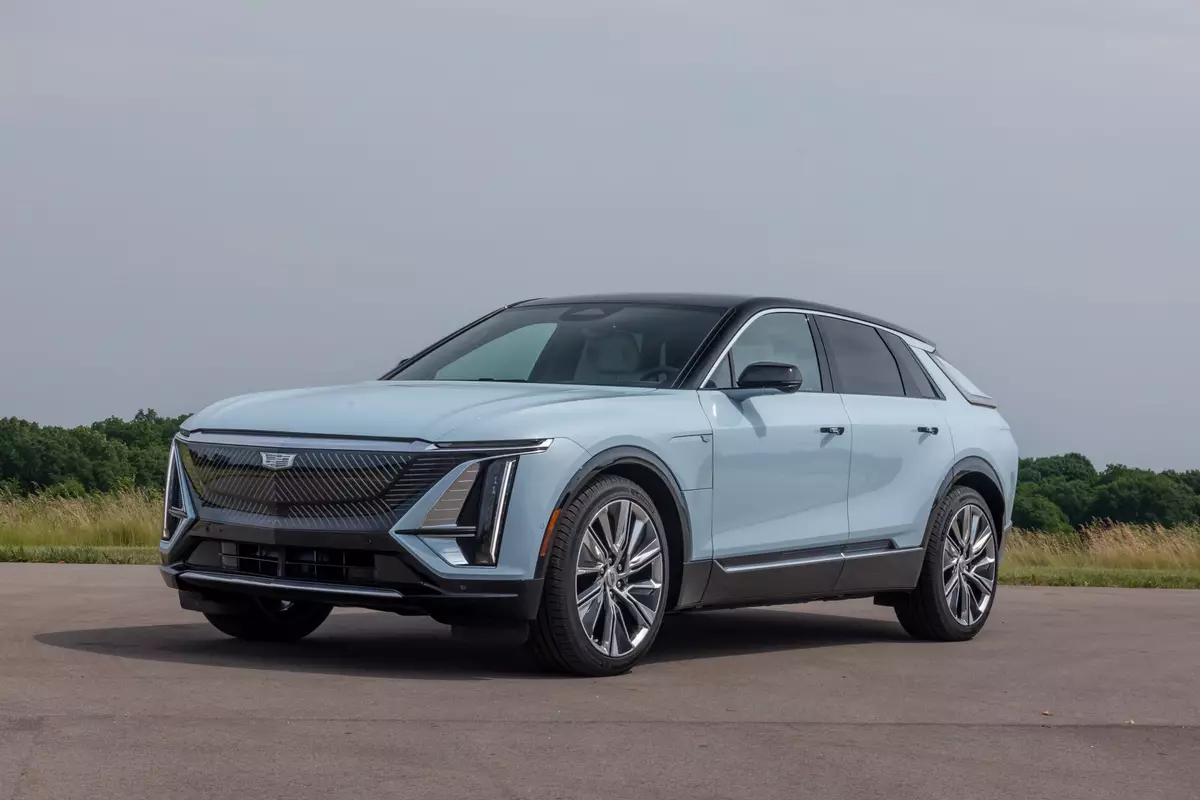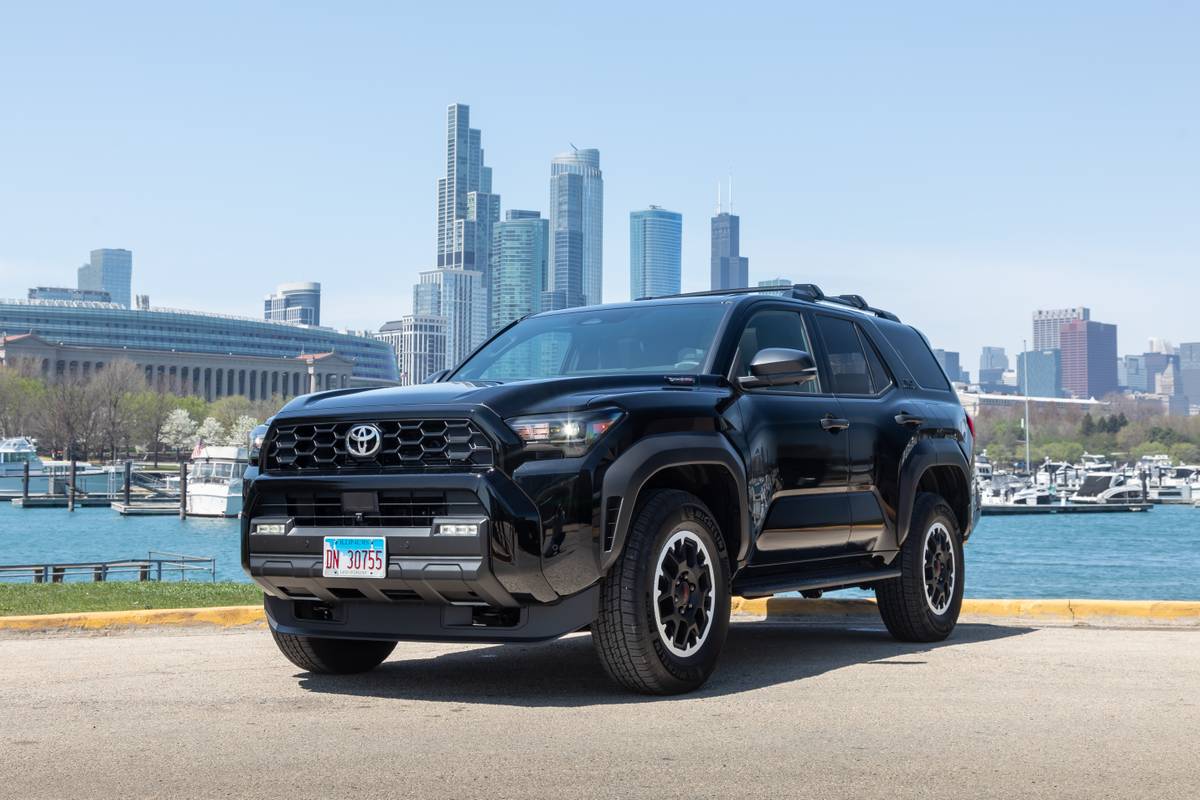Boston.com's view
THE BASICS Base price/as tested: $25,700/$27,950 Fuel economy: 22.7 miles per gallon in Globe testing (regular fuel) Annual fuel cost: $1,562 (at $2.73 per gallon, regular, 13,000 miles per year)
THE EARLY LINE Volvo looks to lure young buyers and turn them into faithful buyers. But don’t forget us old guys who already love these sporty boxes.
THE SPECIFICS Drivetrain: Front-wheel-drive Seating: 4 Horsepower: 227 Torque: 236 lb.-ft. Overall length: 167.4 inches Wheelbase: 103.9 inches Height: 57 inches Width: 70.2 inches Curb weight: 3,200 pounds
THE SKINNY Nice touch: The huge doors, which make rear access easy and front egress a spin-and-stand maneuver. Annoyance: The $300 “membership” fee to join the club that lets you start ordering specific options. You pay to pay? C’mon. Watch for: I’m dreaming, but it would be nice to see a 300-horsepower engine along with all-wheel-drive plunked into this baby.
Much about today’s test car, the 2008 Volvo C30 2.0, is distinctly unlike Volvo, or at least the image many people have of the Swedish automaker’s products. For example, consider its nifty teardrop aerodynamic shape, rugged rocker panels, and over-the-fenders muscularity. And then there’s the fact that it is a small hatchback meant to run with the small European and Asian cars popular with young drivers and older enthusiasts.
Volvo hopes the changes will help lure young buyers to the brand. I drove a hot-rod version of this car some months ago and fell in love with it.
The company has given today’s test model an exterior style that distinguishes it from most boxy hatchbacks. Perhaps most striking is the way the side windows form a modern wedge, tapering down at a tailgate that boasts a big pane of glass that looks like it came from the 1800 ES model of the early 1970s.
Top the rear glass hatch with a sleek spoiler and add a pair of chrome-tipped exhaust pipes – which the bumper slides up and over – and it makes for a distinctive rear end.
In fact, the C30’s overall look attracted more attention from people than any other car I’ve tested in recent months.
And yet, the interior has been faulted by some critics as being too starkly functional and angular – too simple. But it really does demonstrate Swedish form and function at its best.
The firm seats fore and aft will hold more than four people, and all of them are deep, solid, gripping buckets.
The controls are simple to understand and big enough to use even with gloves during early start-ups in cold weather. And the sloping, remote-control-like center control pod (a wafer running from dash to center console), remains a perfect display of Swedish design.
Surprisingly, even though the greenhouse seems huge in the front and to the sides, the glass hatch in the rear does not offer optimum visibility.
There are two versions of the C30, our test car and a 1.0 version. The difference is mostly in appointments and suspension, since both come with a 5-cylinder, turbocharged engine with 227 horsepower and 237 lb.-ft. of muscular torque. In these days of 300 horsepower Subarus and Mitsubishis, that may not seem like much. But it more than fills the needs of most enthusiasts, and the tight-click six-speed manual transmission (standard, as tested) is especially snappy. A five-speed auto with manual option is also available, and in a car with more horsepower, that might be the way to go. Here, I’d stick with the manual.
The engineering package offered all the room to romp most driver would desire. The car boasted tight suspension, minimal under steer (the tendency to plow, common to front-wheel-drive), and a rock solid attitude, along with a tactile soft sense of steering that was evident in even the hardest of cornering. It was easy to use the gas to “steer” out of sharp corners, a fine trait in a sporty car. And on the highway, that deep torque proved most efficient in passing at commuter speeds, with really no need to downshift from sixth for the grab that good torque delivers.
So it’s a snappy non-Volvo. But what is most Volvo-like about it are the safety features. They include buttressed roof pillars; antilock brakes; front, side, and curtain airbags; stability control; traction control; and whiplash protection head restraints. A blind spot monitor (it sees what you cannot see in rearview mirror) is optional.
The rear cargo compartment is not huge, even with seats folded. But this car is not aimed at those who want to haul kiddies and cargo.
Hatchbacks have had a hard go of it in the United States, even as their utility and sport made them popular overseas. That may be changing. And if any car is suited to join that lineup as a top contender, the C30 is it.
Shop it against
2008 Audi A3 Because you can easily bump the C30 into the $30,000 range, this is a fair comparison. All-wheel-drive costs extra here. Interior is taut Teutonic, as opposed to sharp Swedish. Engines include 200- and 250- horsepower. Priced from the high 20s to high 30s.
2008 Mazda3 The Mazda shares its platform with the C30. You can go for the 250-horsepower Mazdaspeed3 and still not top $30,000.
2008 Mini Cooper Available as a convertible, but we’re hatching here. The 168- and 172-horsepower engines may not sound like much, but picture them in a low-slung virtual go-cart. Priced from the high 20s to around $30,000.
2008 Volkswagen GTI Priced in mid-20s to mid-30s, with a 200-horsepower base turbo inline-4, and the recently tested R32 with 250 horsepower from a V-6. Tight interior and tight handling, so tighten your seat belts.
Royal Ford can be reached at ford@globe.com.
Latest news



